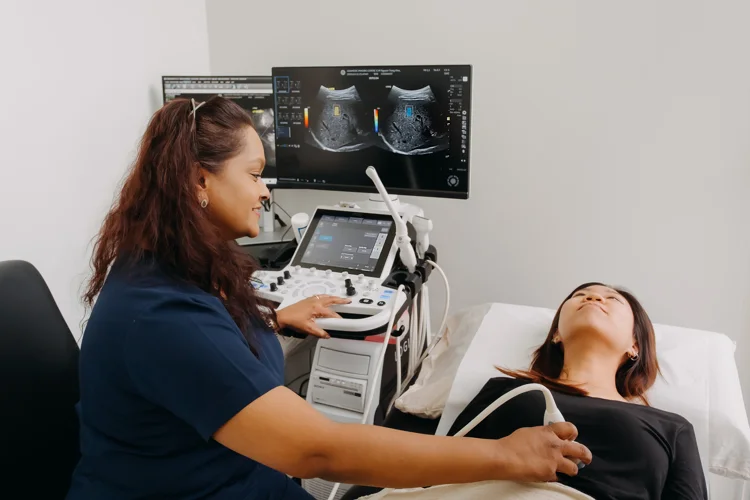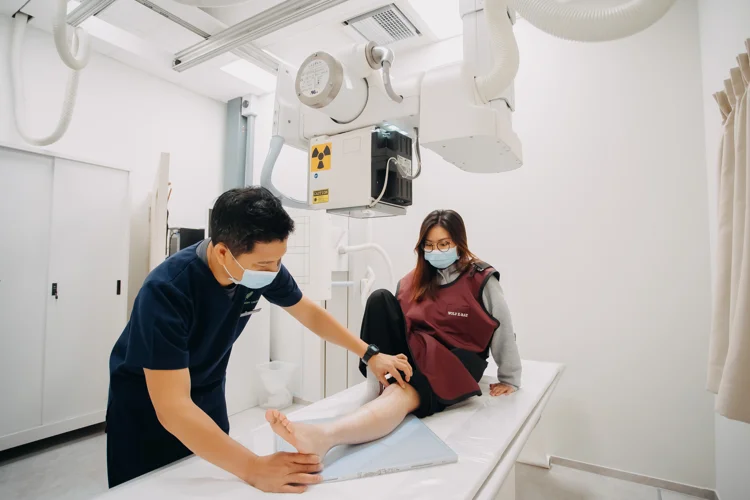How Do STDs Spread?
Sexually transmitted diseases (STDs) are passed from one person to another through various pathways, with sexual and intimate contact being the most common. Understanding how these infections occur is crucial for taking precautions to protect yourself and your loved ones, especially since some STDs are highly contagious and incurable.

Modes of STD Transmission
Sexual Contact
STDs primarily spread through sexual contact, including vaginal, anal, and oral sex. This transmission occurs when bodily fluids such as semen, vaginal secretions, or blood, which may carry infections like chlamydia, gonorrhoea, and hepatitis B, are exchanged. Additionally, infections like syphilis, herpes, and HPV, can also be transmitted through skin-to-skin contact with infected areas, such as sores or lesions.

Blood Transfusion and Sharing Needles
STDs like HIV, hepatitis B, and hepatitis C can spread through contaminated blood. This is common when sharing needles or syringes for drug use or using improperly sanitised equipment for tattoos or piercings.
Mother-to-Child Transmission
STDs can be passed from a mother to her baby during childbirth or breastfeeding, known as vertical transmission. STD screening is typically included as part of routine prenatal screening during the first trimester. Early detection and treatment during pregnancy are vital to preventing serious health complications for the newborn and ensuring both maternal and child well-being.

Other Bodily Fluids
While less common, STDs such as herpes and syphilis can sometimes be transmitted through saliva, particularly if sores or lesions are present. However, the risk of transmission through saliva is generally much lower compared to sexual contact.
Myths About STD Transmission
Myth: You can get STDs from toilet seats, or through casual contact
like hugs and handshakes.
Fact: STDs are not spread through casual contact. Transmission requires
contact directly with infected bodily fluids like semen, vaginal secretions, or blood.
However, some STDs, such as herpes, can be transmitted through deep kissing if the virus
is present in saliva. Pathogens causing STIs are generally not able to survive outside
of the body.

Myth: Only those who are sexually active with multiple partners get STDs.
Fact: Anyone who is sexually active can contract an STD, regardless of the
number of partners. Consistent use of protection and routine screenings are essential preventive
measures.
Myth: You can tell if someone has an STD by looking at them.
Fact: Many STDs do not show visible symptoms. The only way to confirm if
someone has an STD is through testing.
Myth: Once you’ve had an STD, you’re immune to it.
Fact: Having an STD once does not provide immunity. Reinfection is possible, so
taking ongoing precautions is important.
Myth: Birth control pills protect against STDs.
Fact: Birth control pills only prevent pregnancy and do not offer protection
against STDs. Using protection is necessary to reduce the risk of transmission.
Preventive Measures
Some effective strategies for STD prevention can include:
- Using Protection: The correct and consistent use of protection, such as condoms and dental dams, significantly reduces the risk of STD transmission during sexual activity.
- Vaccination: Vaccines for certain STDs, such as HPV and hepatitis B, provide long-term protection against infection.
- Regular Testing: Regular STD screenings help in early detection and treatment, reducing the risk of complications and further transmission.
- Safe Practices: Avoid sharing needles and syringes. If you are undergoing any medical or cosmetic procedures, ensure they are performed with sterilised or disposable equipment.

Summary
Understanding how STDs spread helps you make informed choices and take control of your sexual health. Practicing safe sex, such as using condoms consistently, keeping up with vaccinations, and scheduling regular screenings, can significantly reduce your risk of contracting or spreading infections. If you suspect exposure to an STD, getting tested promptly is the best way to protect yourself and those around you.
Why Choose Us?








Navigate Easy With Google Maps
Health Screening Singapore
(Anson House)
Health Screening Singapore
(Camden Medical Centre)
Frequently Asked Questions (FAQ)
STDs can be transmitted through non-sexual routes such as blood transfusions, shared needles, and from mother to child during birth or breastfeeding.
STDs can spread through sexual contact such as vaginal, anal and oral sex, blood transfusions and needle sharing, mother-to-child transmission, and skin-to-skin contact with infected areas such as lesions and sores.
STDs spread through direct contact with infected bodily fluids like semen, vaginal secretions, or blood, typically during sexual activities.
STDs are acquired through unprotected sex with an infected partner, sharing needles, or exposure to infected blood.
HPV is one of the most easily transmitted STDs, often spread through skin-to-skin contact.
Yes, some STDs, like herpes, can be transmitted through deep kissing if the virus is present in the saliva.
Most STDs don’t have visible symptoms; testing is the only way to know for sure.
No, if both partners are free from STDs and remain monogamous, the risk of transmission is virtually nonexistent.
Bacterial STDs like chlamydia and gonorrhoea can be cured with treatment, while viral STDs like herpes and HIV are not curable but can be managed with medication.
STDs generally require direct contact with infected fluids or lesions; casual touching does not typically spread STDs.
Condoms greatly reduce the risk of most STDs but are not completely foolproof, particularly against infections spread by skin-to-skin contact.
An STD might have been contracted from past sexual activity, needle sharing, or other risky behaviours. Open and honest communication, along with testing, is important for understanding and addressing the situation.
Some STDs can remain asymptomatic for months or even years. Regular screenings are important to detect infections early and prevent potential long-term complications.
STDs like HIV and herpes are not curable but can be managed with ongoing treatment. HPV, while often cleared naturally by the immune system, can lead to serious health issues like cervical cancer if the infection persists.
No, STDs cannot develop spontaneously; they are acquired through direct contact with an infected person or material.
